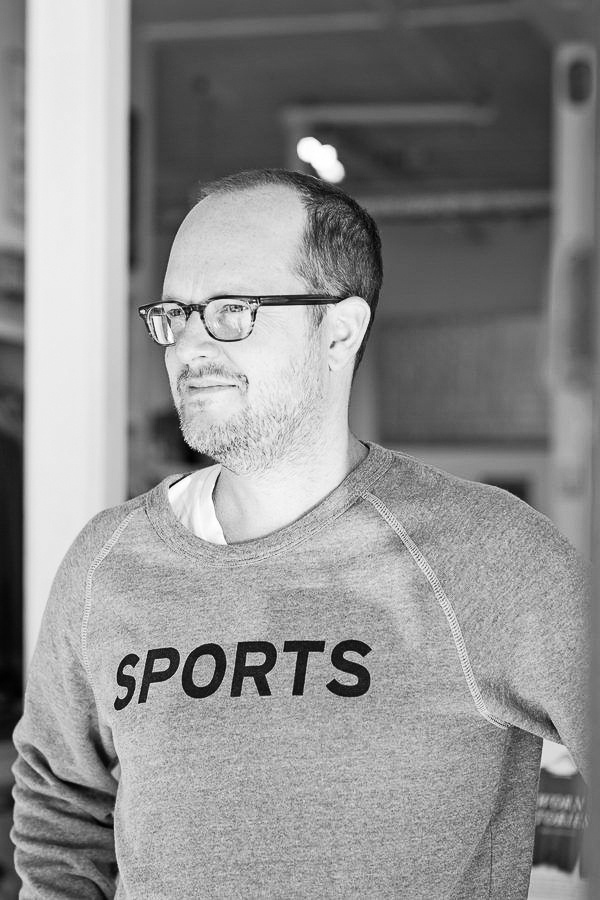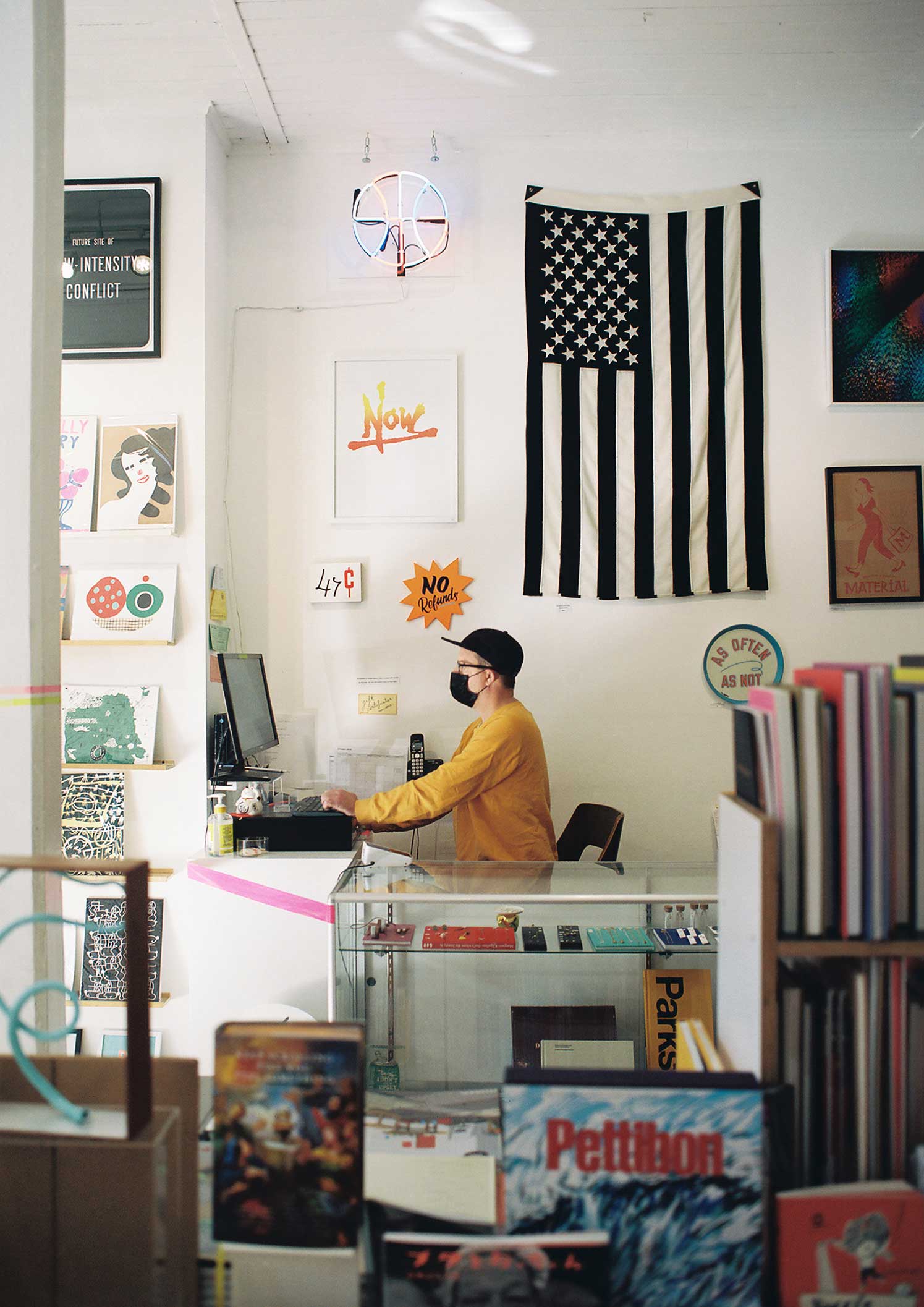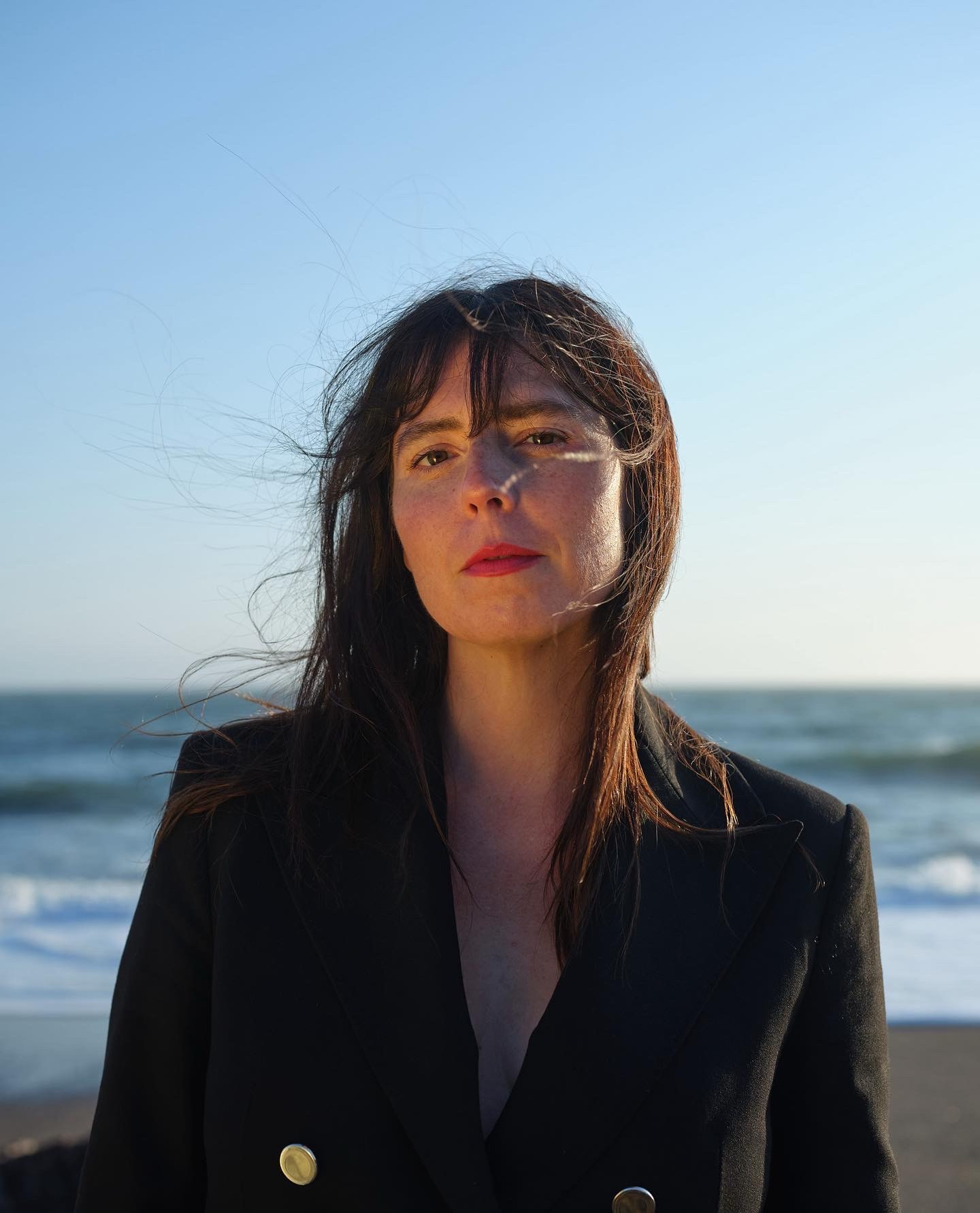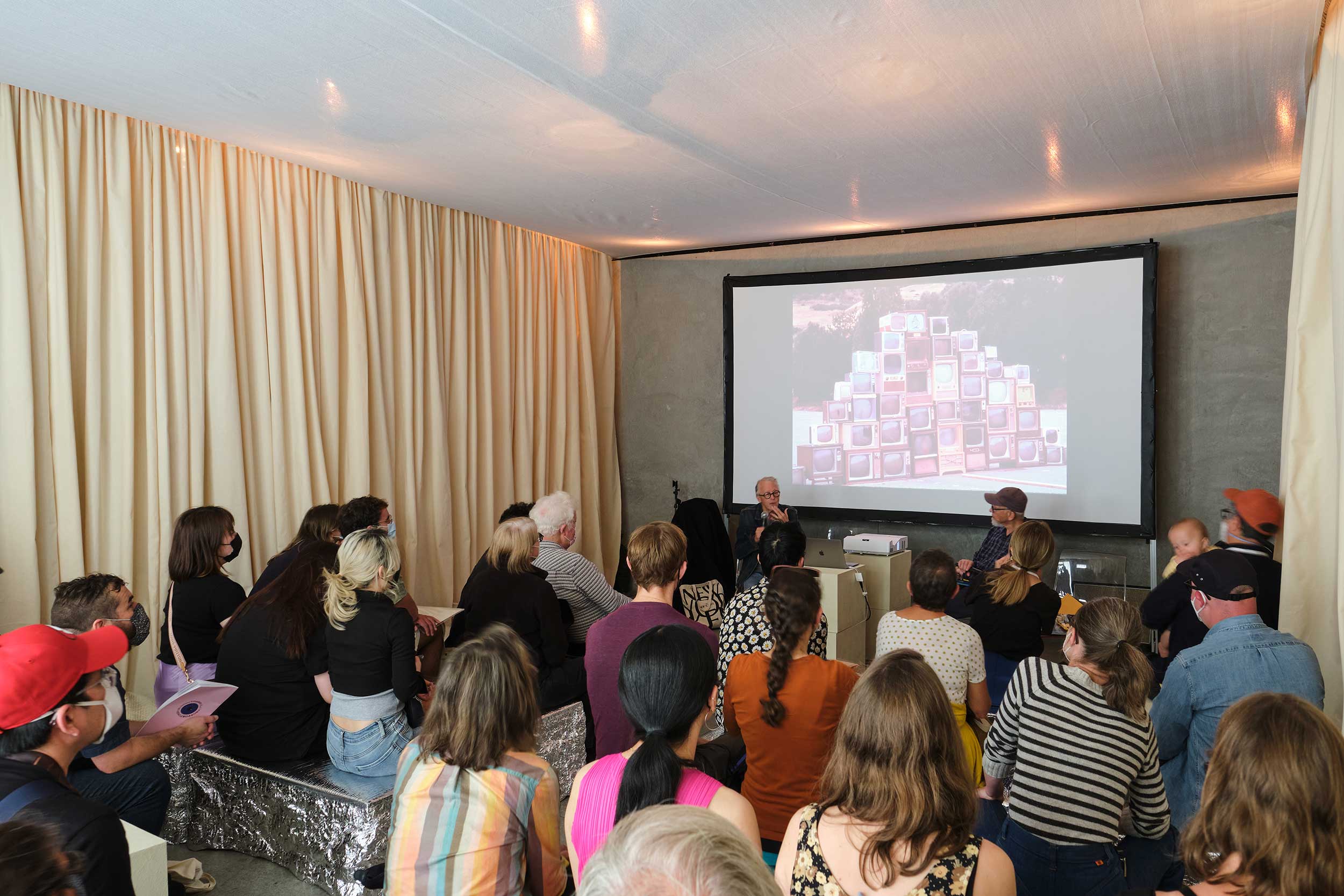Jamie Alexander
Co-founder and gallery director, Park Life Store and Gallery
Co-founder, San Francisco Art Book Fair
Park Life is an independent retail store and art gallery with a simple goal: to showcase art and design that represents the diversity of the San Francisco community. The retail space features hard-to-find, limited edition, and unique items—from books, design objects, artist multiples, original art, prints, and editions to paper goods, apparel, home wares, jewelry, and more—while the gallery aims to show the most engaging contemporary art being created today.
What’s the Park Life curatorial vision?
Park Life is a reflection of my interests and personal aesthetics as an art and design lover as well as a consumer of culture. I’m interested in maintaining accessibility while not sacrificing for the sake of commerce. Everything at Park Life, from our artist-designed T-shirts to our selection of books to artworks hanging in the gallery space, shares a common thread, inviting the consumer to engage in a shared interest in art and design.


![Tauba Auerbach, *[2,3]*, 2011, Printed Matter, New York Pop-up book with complex honeycomb-like 3D globe shape](https://chromasf.com/media/pages/tetrachroma/2/incisive-publishing-and-inclusive-spaces-for-the-arts/e8603459fb-1658970121/screen-shot-2022-07-27-at-6.01.48-pm.png)







